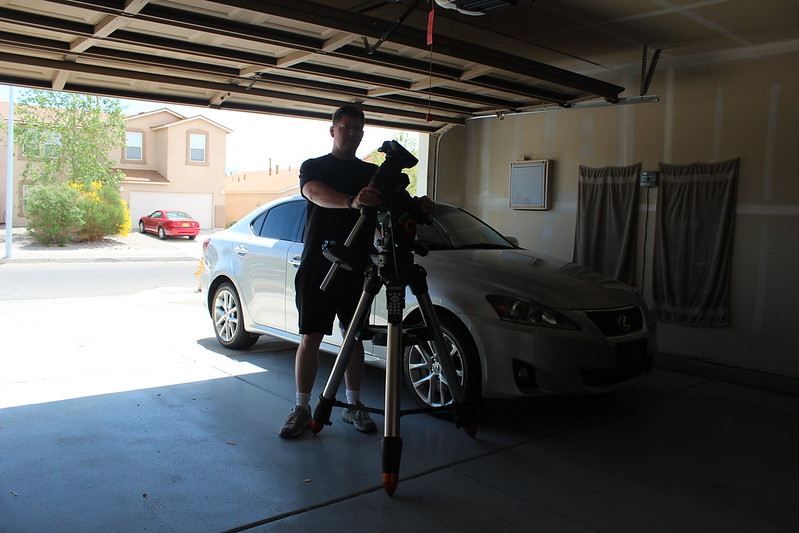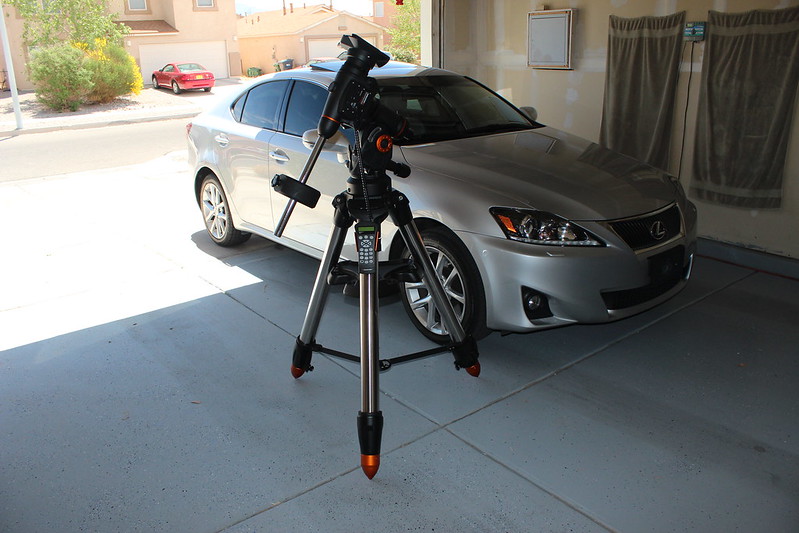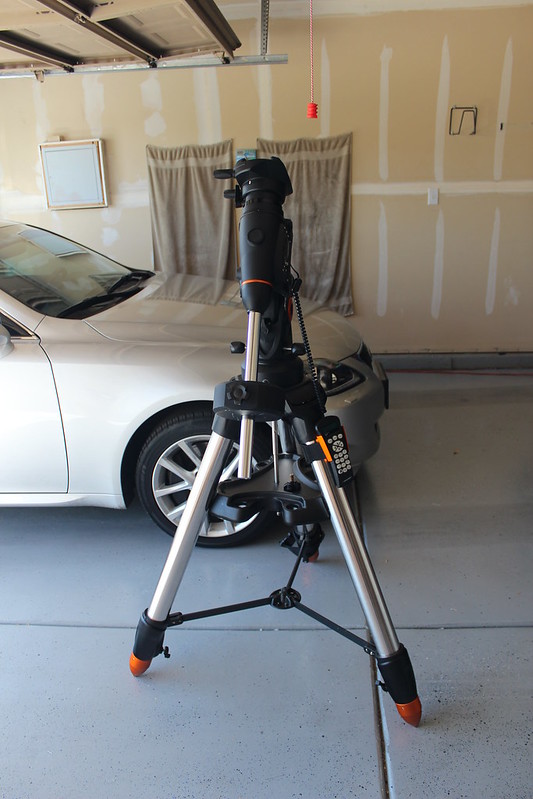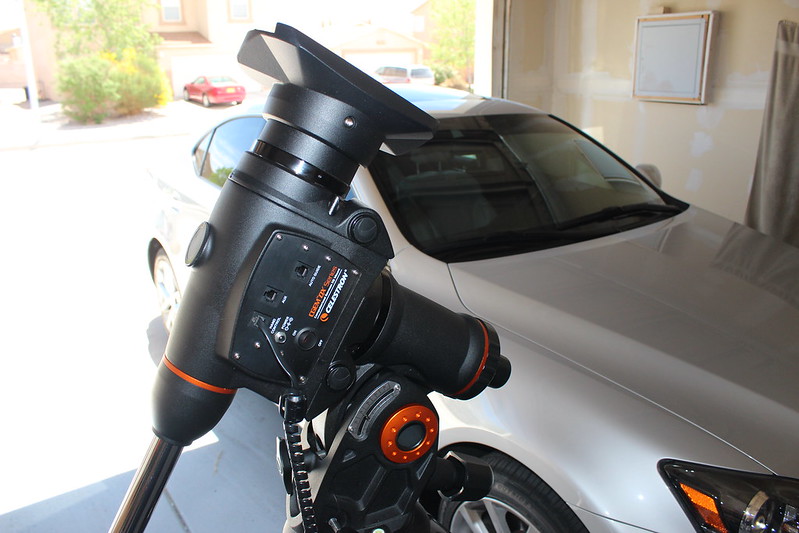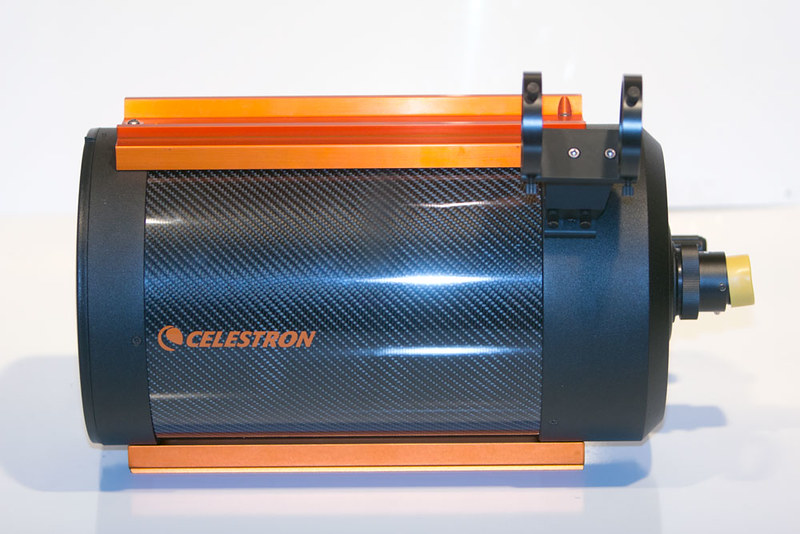For those of you who don't know what a CGEM DX is, it is a substantially enhanced CGEM mount which is a fantastic performer as well. The DX has the CGE Pro tripod which is made of 3" steel legs and weighs quite a bit. It's very stable. The motor head has regulated power and electronics enhancements as well as beefed up mechanical components. The counterweight shaft diameter is larger to handle the numerous 22 lb counterweights it is designed to carry. It's rated capacity increase is about 10 lbs over the regular CGEM but in reality, many astrophotographers are loading these things similar to the old CGE mount which was more than capable of carrying a C14 OTA for imaging purposes. With a Hypertune rebuild kit this mount would absolutely support a C14 for imaging purposes without any complaint. It may be tricky to dial in a C14 on a stock DX, but a C11 is an ideal capacity load which is not all that much of a compromise anyway.
The C8 is Carbon Fiber, meaning, no focus shift due to thermal variance at night as with the Aluminum and Steel OTAs. This is ideal for my environments where I live at ultra-high elevation, in low humidity, that experience extreme temperature swings during parts of the year. With little atmosphere and little cloud cover, my locations that can swing 40-50 degrees F in a single night session. In other words if I set this up and pull the trigger I can go in and go to bed for the night without having to constantly redial the focus as many do. This particular one is FASTAR enabled, giving me the ability to bolt on a Hyperstar unit which will give it a flat plane and F/2.0 focal ratio. I have used this exact OTA before for this purpose and there are no words to explain just how devastating such an instrument can be in the right hands. My image gallery shows my Hyperstar images through a similar configuration a few years ago. Photon collection at the sensor is so quick that you can indeed shoot with an Altitude-Azimuth mount without any guiding. This OTA is one of the most versatile instruments since it can be reconfigured for 400mm, 800mm, 1200mm, 2000mm, 4000mm imaging in just a matter of moments. Great for wide field deep sky imaging, high resolution imaging, and lunar/solar/planetary imaging, it's hard to beat this with any single scope out there except for its siblings - the C6, C9.25, C11 which give comparable performance specs, trade-offs being weight vs. aperture in both directions.
